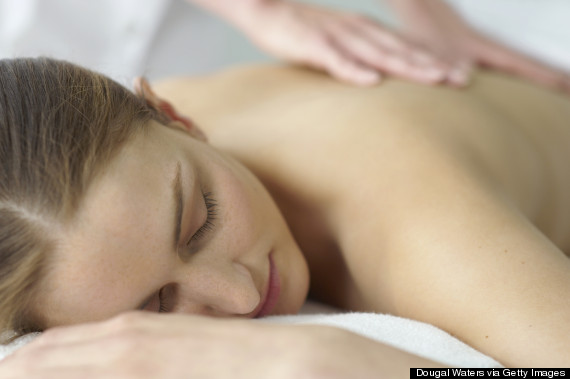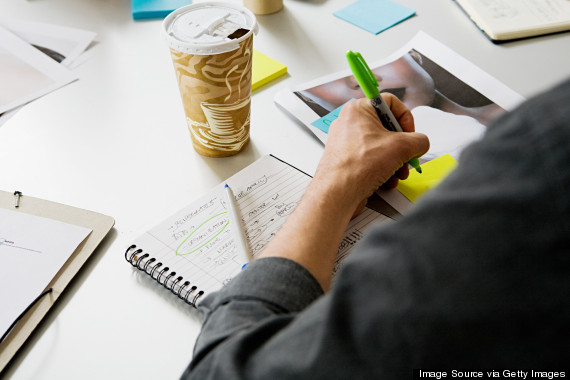
There's no denying a massage is calming -- until you start feeling guilty for indulging in a little special treatment.
A small new study excuses us all from the guilt: Massage therapy isn't just a way to relax, it's also a way to alleviate muscle soreness after exercise and improve blood flow, according to the recent research.
Other benefits of massage have long been touted, but research is usually limited. Still, we think there are some pretty good reasons to book an appointment ASAP.
Massage can reduce pain.
A 2011 study found that massage helped people with low back pain to feel and function better, compared to people who didn't get a rubdown. That's good news for the eight in 10 Americans who will experience debilitating back pain at least once in their lives, Time.com reported.
"We found the benefits of massage are about as strong as those reported for other effective treatments: medications, acupuncture, exercise and yoga," Dan Cherkin, Ph.D., lead author of the study, said in a press release.
Massage also seems to lessen pain among people with osteoarthritis.
It can help you sleep.

The calming treatment can also help you spend more time asleep, according to research from Miami University's Touch Research Institute. "Massage helps people spend more time in deep sleep, the restorative stage in which your body barely moves," the Institute's founder Tiffany Field, Ph.D., told More magazine in 2012.
In one study of people with fibromyalgia, 30-minute massages three times a week for five weeks resulted in nearly an hour more of sleep, plus deeper sleep, she said.
Massage may ward off colds.
There's a small body of research that suggests massages boost immune function. A 2010 study, believed to be the largest study on massage's effects on the immune system, found that 45 minutes of Swedish massage resulted in significant changes in white blood cells and lymphocytes, which help protect the body from bugs and germs.
It could make you more alert.

At least one study has linked massage to better brainpower. In a 1996 study, a group of adults completed a series of math problems faster and with more accuracy after a 15-minute chair massage than a group of adults who were told to just sit in a chair and relax during those 15 minutes.
Massage may ease cancer treatment.
Among patients receiving care for cancer, studies have noted multiple benefits of massage, including improved relaxation, sleep and immune system function as well as decreased fatigue, pain, anxiety and nausea.
It may alleviate depression symptoms.
A 2010 review of the existing studies examining massage in people with depression found that all 17 pieces of research noted positive effects. However, the authors recommended additional research into standardizing massage as treatment and the populations who would most benefit from it.
Massage could help with headaches.

The power of touch seems to help limit headache pain. A 2002 study found that massage therapy reduced the frequency of chronic tension headaches. And in a very small 2012 study, 10 male patients with migraine headaches noted significant pain reduction after neck and upper back massage and manipulation. You may even be able to reap the benefits without seeing a professional: Start by applying gentle pressure with your fingertips to your temples, then move them in a circular motion along the hairline until they meet in the middle of your forehead, WebMD reported.
The stress reduction is scientific.
Between the dim lights, soothing music and healing touch, it certainly feels like stress melts away during a massage, but research suggests a very literal reduction of cortisol, a major stress hormone. Chronically high levels of cortisol can contribute to serious health issues, like high blood pressure and blood sugar, suppressed immune system function and obesity.
Ready to book an appointment? Here's what to expect at your first massage from Susie Ellis, president of Spafinder, Genevieve Reiter, an adjunct instructor in the massage program at New York College Of Health Professions and Cody Landis, an instructor at the Swedish Institute: